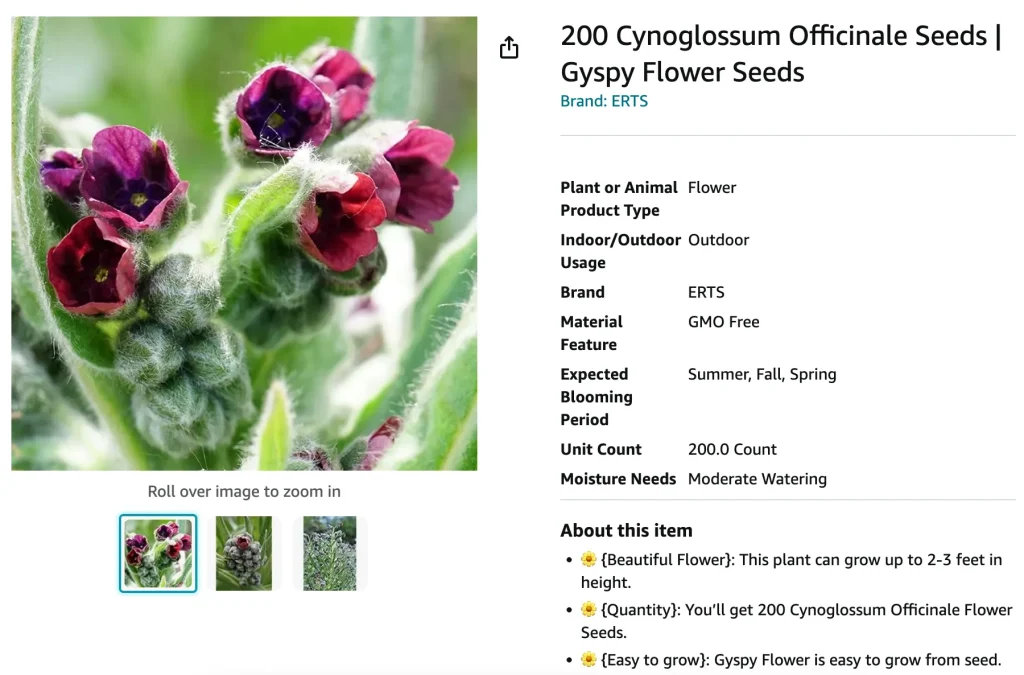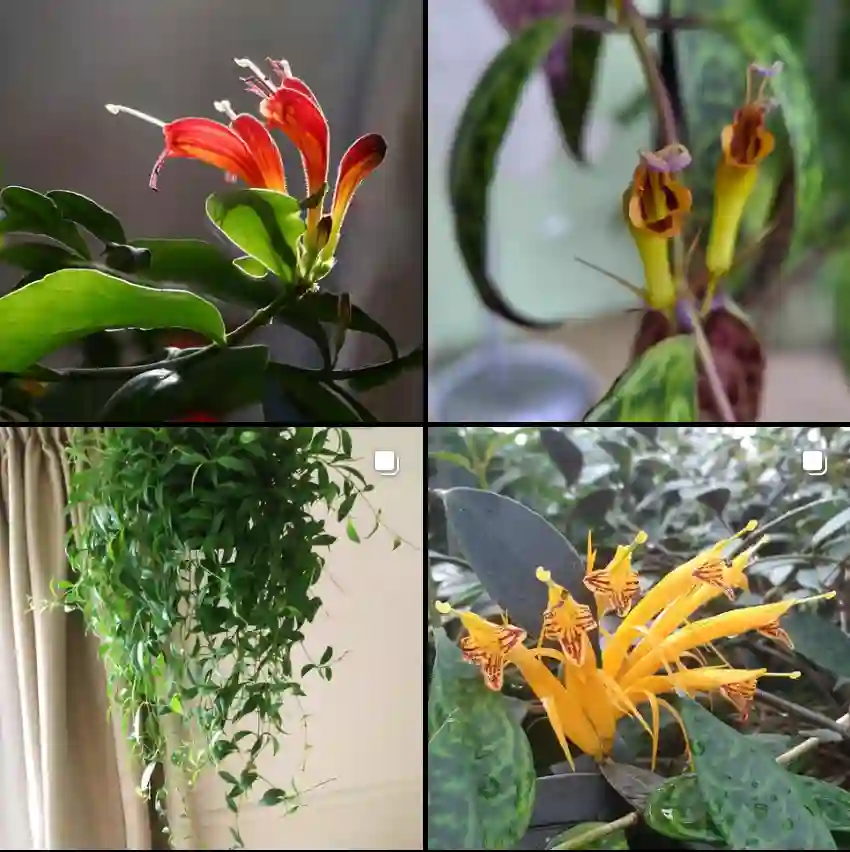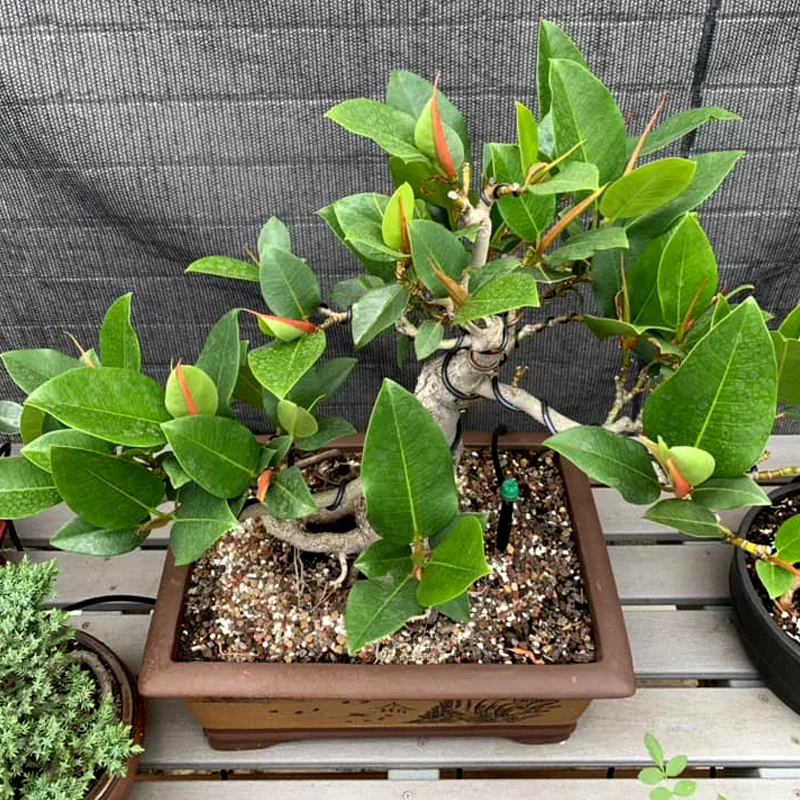
What Is Cynoglossum Officinale?
Cynoglossum Officinale, commonly known as Hound’s Tongue, is a perennial herb native to Europe and Asia. It’s known for its distinctive, tongue-shaped leaves and clusters of small, reddish-brown flowers. The plant can grow up to three feet tall and has a tendency to spread quickly, making it a common sight in meadows and disturbed soils.
84 Species in Genus Cynoglossum
How to Care for Cynoglossum Officinale?
Caring for Cynoglossum Officinale is relatively straightforward. Here are some key tips:
- Soil: This plant prefers well-drained soil, though it can tolerate a range of soil types from sandy to loamy. Ensure the soil has good drainage to prevent root rot.
- Light: It thrives in full sun but can also grow in partial shade. However, flowering is more robust in sunny locations.
- Watering: Regular watering is important, especially during dry spells. Aim to keep the soil consistently moist but not waterlogged.
- Fertilizing: Cynoglossum Officinale doesn’t require heavy feeding. A light application of general-purpose fertilizer in the spring will suffice.
- Pruning: Remove spent flowers to encourage more blooms and prevent self-seeding if you don’t want the plant to spread aggressively.
How to Propagate Cynoglossum Officinale?
Propagating Cynoglossum Officinale can be done in several ways:
- Seeds: This is the most common method. Sow seeds directly into the garden or start them indoors 6-8 weeks before the last frost. Lightly press the seeds into the soil but do not cover them, as they need light to germinate. Keep the soil moist until germination, which usually takes 2-3 weeks.
- Division: You can also propagate by dividing mature plants. This method is best done in early spring or fall. Gently dig up the plant, divide it into smaller sections with roots, and replant.
What to Plant with Cynoglossum Officinale?
Cynoglossum Officinale pairs well with various plants, creating a vibrant garden:
- Companions: Consider planting it with other wildflowers like Black-eyed Susans or Coneflowers. These companions not only complement its appearance but also attract beneficial insects.
- Edible Plants: It can also work well alongside edible plants like Chives or Sage, creating a diverse and functional garden space.
- Ground Cover: Low-growing ground covers such as Creeping Jenny or Thyme can balance the height of Hound’s Tongue and prevent weeds.
Is Cynoglossum Officinale Toxic?
Cynoglossum Officinale is indeed toxic if ingested. It contains pyrrolizidine alkaloids, which can cause liver damage in humans and animals. It’s crucial to keep it away from pets and small children. Always wear gloves when handling the plant and wash your hands thoroughly after touching it.
Benefits of Cynoglossum Officinale
Despite its toxicity, Cynoglossum Officinale has its uses:
- Medicinal Uses: Historically, it has been used in traditional medicine to treat various ailments. However, due to its toxicity, it’s not recommended for modern herbal use without proper preparation and consultation with a healthcare provider.
- Ecological Value: The plant is beneficial for wildlife. Its flowers attract bees and butterflies, contributing to pollinator health.
Common Problems with Cynoglossum Officinale
Cynoglossum Officinale can face a few issues:
- Invasiveness: It has a tendency to spread rapidly and can become invasive. Regular management, including cutting back and removing seed heads, can help control its spread.
- Pests and Diseases: Though not highly susceptible to pests, watch for aphids or mildew, especially in humid conditions. Treat any issues promptly to prevent significant damage.
Compare Cynoglossum Officinale with Other Similar Plants
When comparing Cynoglossum Officinale to similar plants, a few stand out:
- Brunnera: Often confused with Cynoglossum due to its similar appearance. Brunnera, like Brunnera macrophylla, has heart-shaped leaves and blue flowers but is generally less invasive and not toxic.
- Borage: Another plant with similar foliage, Borage (Borago officinalis) has star-shaped flowers and is not toxic. It also has culinary uses and is more beneficial for garden use compared to Cynoglossum.
Final Thoughts
Cynoglossum Officinale is a striking plant with its unique foliage and flower clusters. While it offers ecological benefits and has historical medicinal uses, its toxicity and invasive nature warrant careful consideration. By following proper care techniques and understanding its needs, you can enjoy this plant while managing its potential downsides effectively.
If i die, water my plants!



